The next one is coming up in 2024.
A total lunar eclipse graced the skies two weeks ago.
-
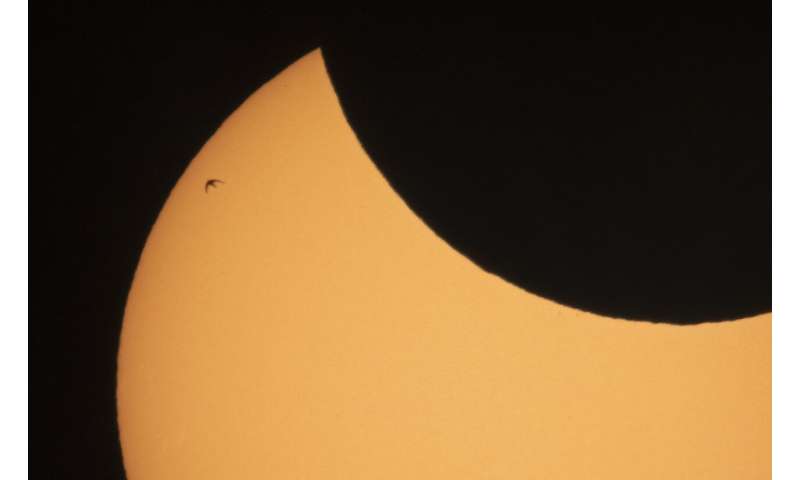
A bird is silhouetted against the sun as the moon blocks part of the sun during a partial solar eclipse in St. Petersburg, Russia, Thursday, June 10, 2021. Credit: AP Photo/Dmitri Lovetsky -
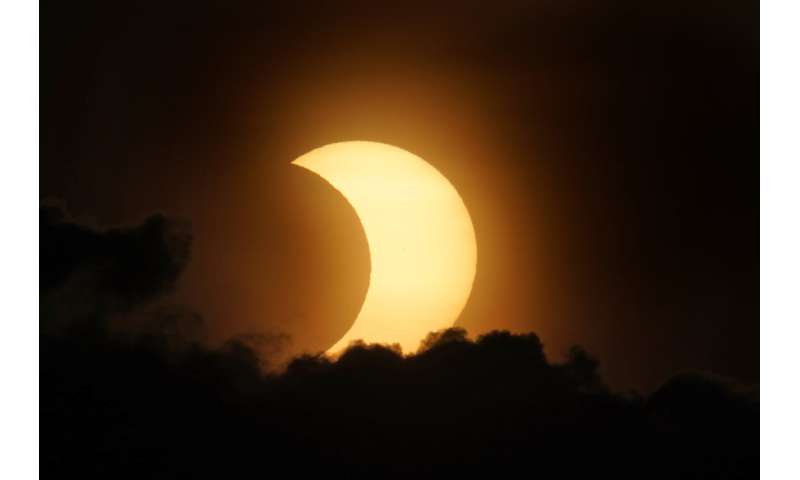
A partially eclipsed sun peaks out from behind a cloud as it rises over lower Manhattan in New York, Thursday, June 10, 2021. Credit: AP Photo/Seth Wenig -
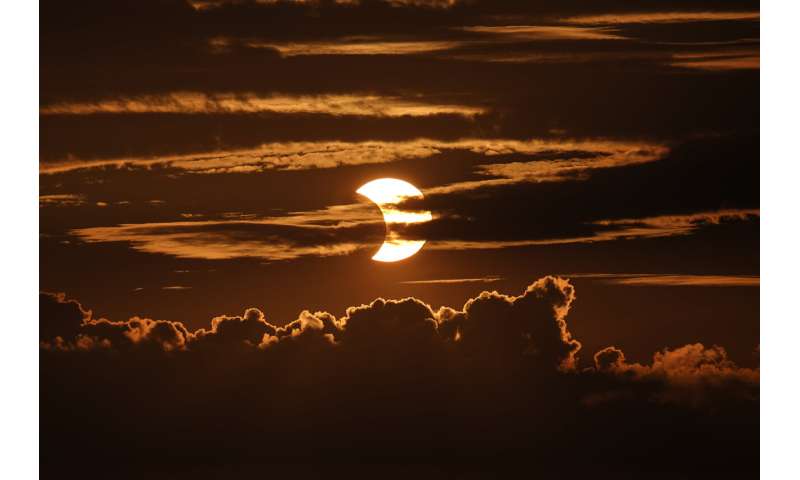
A partial solar eclipse rises behind clouds, Thursday, June 10, 2021, in Arbutus, Md. Credit: AP Photo/Julio Cortez -

A man wears special glasses to watch the partial solar eclipse in Trafalgar Square in London, Thursday, June 10, 2021. Credit: AP Photo/Frank Augstein -
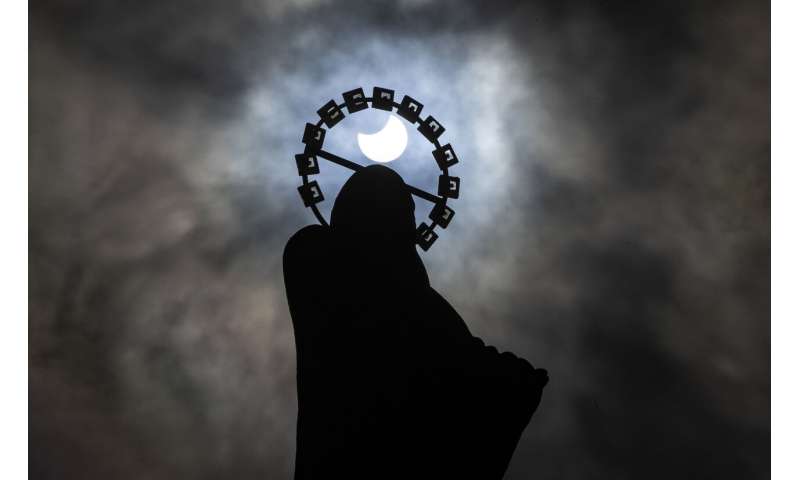
A statue of Our Lady, Star Of The Sea on Bull Wall in Dublin, is silhouetted against the sky during a partial solar eclipse, Thursday, June 10, 2021. Credit: Brian Lawless/PA via AP -

The sun is partially eclipsed as it sets over the horizon in Beijing on Thursday, June 10, 2021. Credit: AP Photo/Ng Han Guan -

The sun is partially eclipsed as it rises over lower Manhattan in New York, Thursday, June 10, 2021. Credit: AP Photo/Seth Wenig -
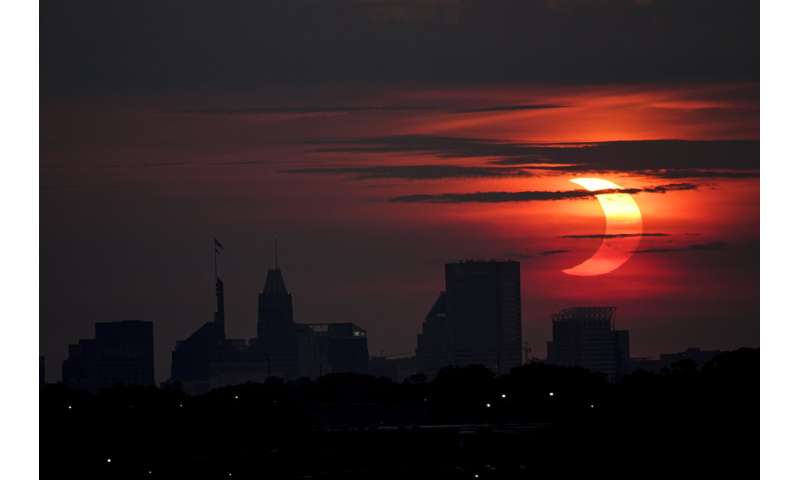
A partial solar eclipse rises over the Baltimore skyline, Thursday, June 10, 2021, seen from Arbutus, Md. Credit: AP Photo/Julio Cortez -

Josh Fields, from Putney, Vt., stands on top of his vehicle to get a clear photograph of the the partial solar eclipse at Hogback Mountain, in Marlboro, Vt., on Thursday, June 10, 2021. Credit: Kristopher Radder/The Brattleboro Reformer via AP
Explore further
© 2021 The Associated Press. All rights reserved. This material may not be published, broadcast, rewritten or redistributed without permission.



